Egypt is one of the most fascinating countries in the world. The traces of his civilization and his unforgettable legends are in a multitude of wonders. To discover them, here are the 11 most important archaeological sites in Egypt.
Regardless of the millenniums that flow... Ancient Egypt remains in the imagination of all. When we go back to the Nile, we go back to time as in an awakened dream. Surgnant from the bottom of the ages, the pharaohs come out of their sarcophagus, the temples saved from the waters stand out with plume, the legends on the papyrus become limpid.
The one that is surnamed “the gift of the Nile” also ignites by the splendor of its desert and the richness of its green shores. Then comes the apotheosis of the journey, at the foot of the pyramids whose grandeur will surpass all your expectations. Don’t doubt it, Egypt will live your memory forever. Although she has more to offer than her enchanting antique treasures, let’s start here! Here are the 11 major archaeological sites in Egypt.
Cities
1. The Lighthouse of Alexandria
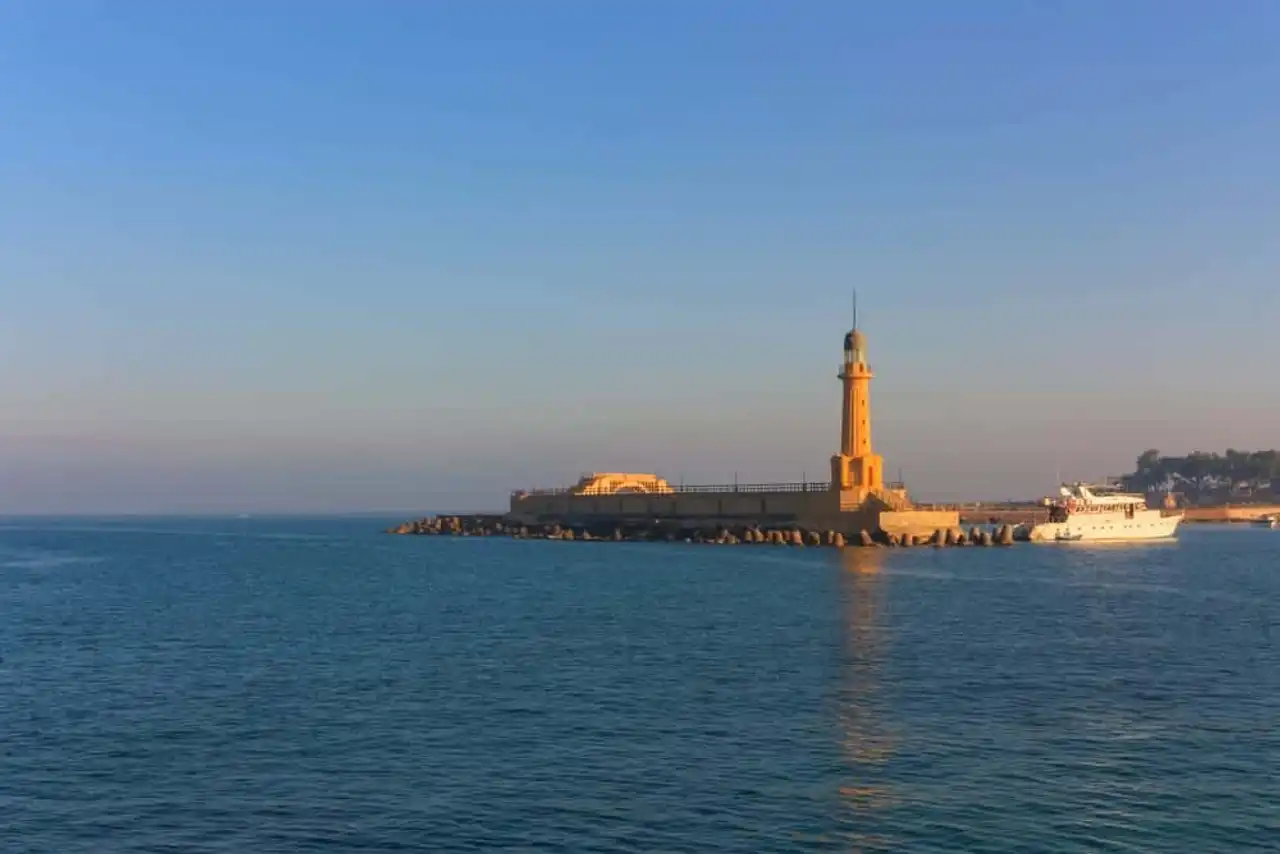
Photo credit: Shutterstock – Freephotographer
- Conservation condition: ★★★
- Public knowledge: ★★★★
- Historical influence : ★★★★
We start strong with the lighthouse of Alexandria, which is one of the seven wonders of the world (yes, nothing). This masterpiece, which served as a guide to the sailors, was not just a lifesaving function. This monumental tower of 135 metres was also used as propaganda.
It was a great pretext to display, in the eyes of the whole world, the power and wealth of Ptolemy 1 (general of Alexander the Great). He was called “Alexandria lighthouse” because of his situation, at the tip of the island of Pharos. This is why today the lighthouses are called lighthouses. Unfortunately, a earthquake caused the destruction of the stone cub.
Its sacred remains remain visible, at the location of the citadel in the heart of the port, and are definitely worth the detour.
2. The largest ancient city near Luxor
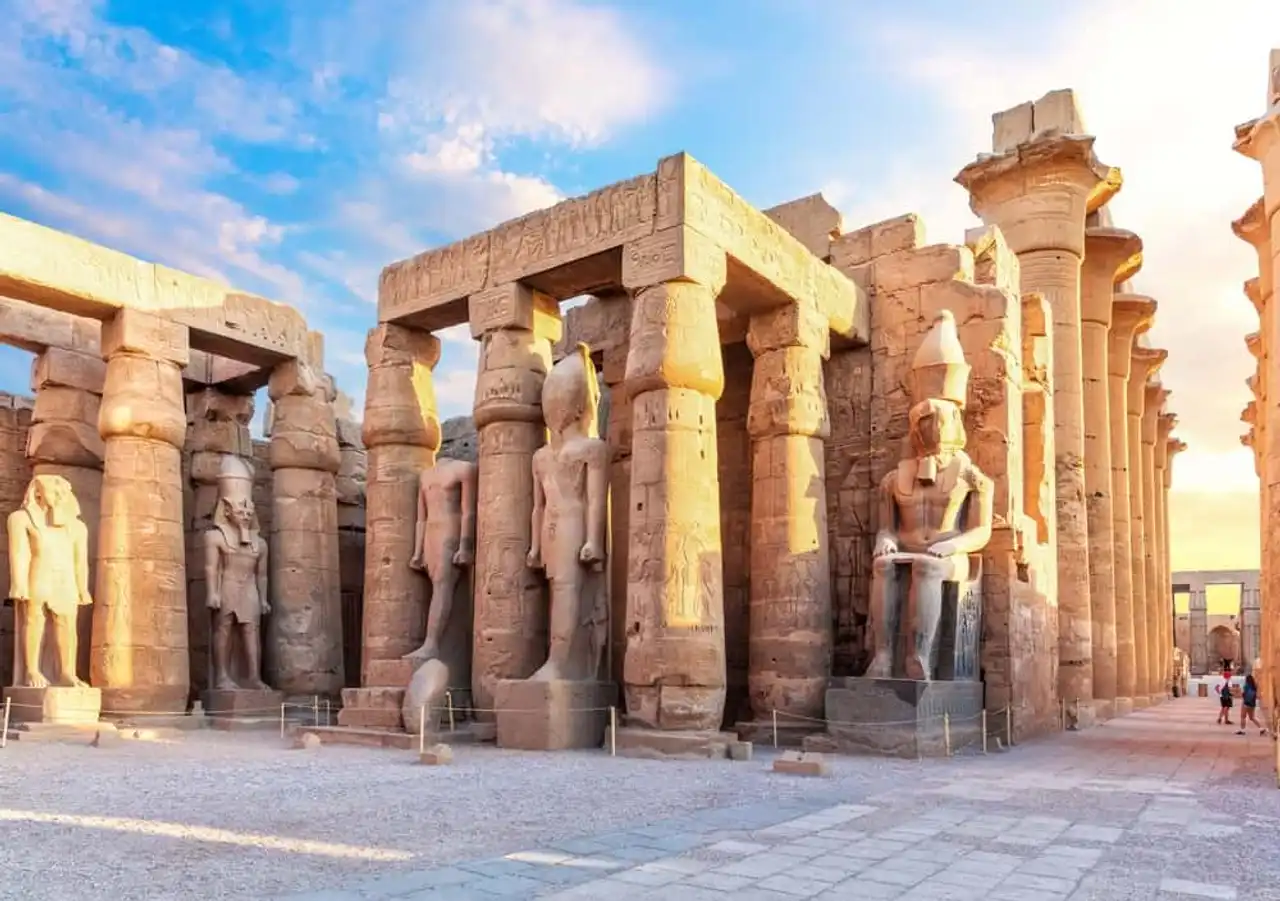
Photo credit: Shutterstock – AlexAnton
- Conservation condition: ★★★
- Public knowledge: ★★★
- Historical influence : ★★★★
Among the important archaeological sites of Egypt, one just made its entry into the ranking. Indeed, the largest ancient Egyptian city has just been discovered (April 2021) near Luxor. These new ruins so far buried would be three thousand years old and are already the largest archaeological finds since the tomb of Toutankhamon!
In addition to its immensity, the site stands out by its good state of conservation and its shoulders of daily treasures that were wisely waiting for their second life. We are already looking forward to learning more about the “lost golden city of Luxor”, its three royal palaces, its animal cemetery, its administrative centres dedicated to the Empire and other traditional craft workshops.
Temples and pyramids
3. Pyramids Cairo
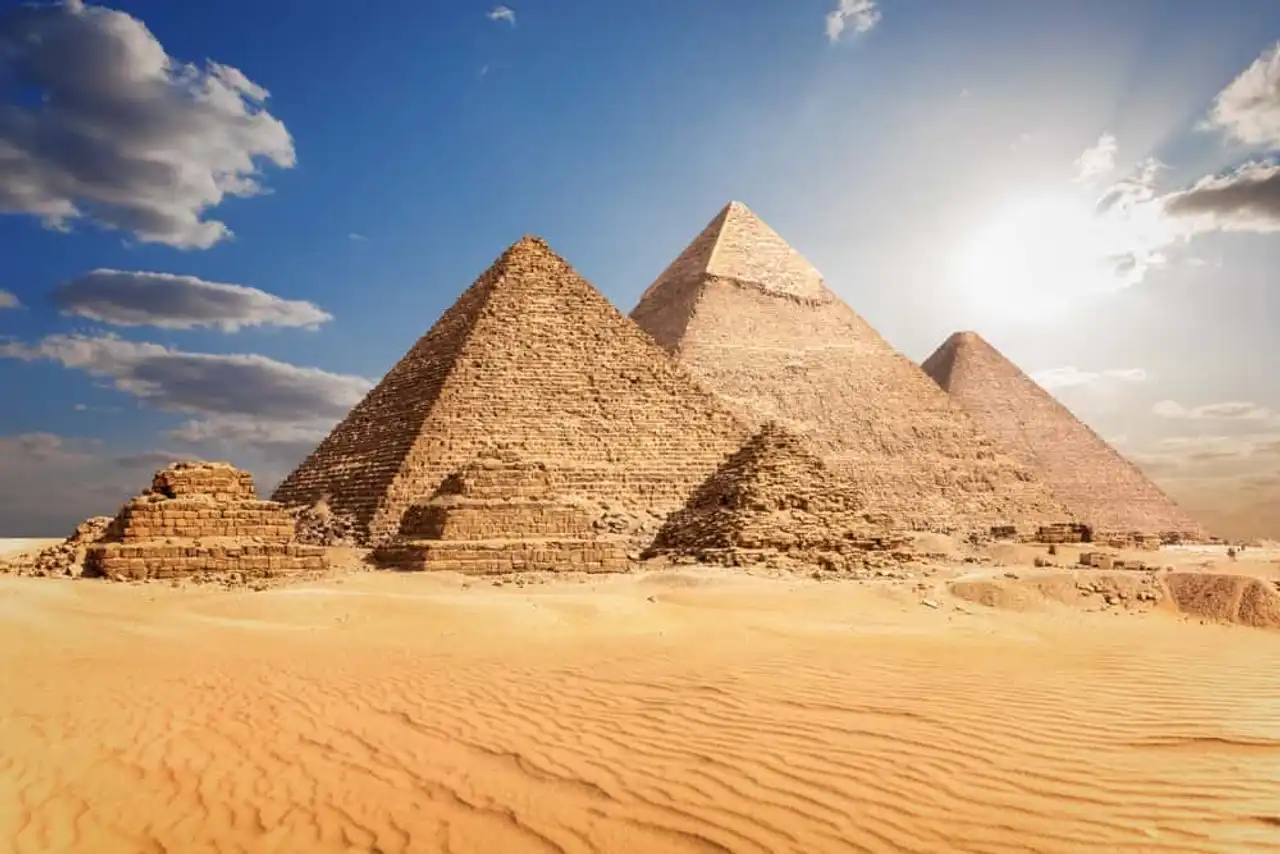
Photo credit: Shutterstock – AlexAnton
- Conservation condition: ★★★★
- Public knowledge: ★★★★
- Historical influence : ★★★★
It is undoubtedly the most famous archaeological site of Egypt. A visit to these legendary monuments alone justifies the journey! The pyramids of Cairo, three of them, are in turn known as Kheops, Khephren and Mykérinos. These exceptional buildings (including Kheops, which is considered the first of the seven wonders in the world) are as fascinating as they are intimilar.
It is probably all the overwhelming secrets around them that make them so magnetic... The pyramids of Kheops, Khephren and Mykernos have reigned for thousands of years on the Gizeh plateau. They can boast of their title of constructions never equalled in History. Despite the many unanswered questions about moving stones, some plausible assumptions are emerging.
But after all, crazy ingenuity, star support or help aliens, to see you!
4. The temple of Luxor
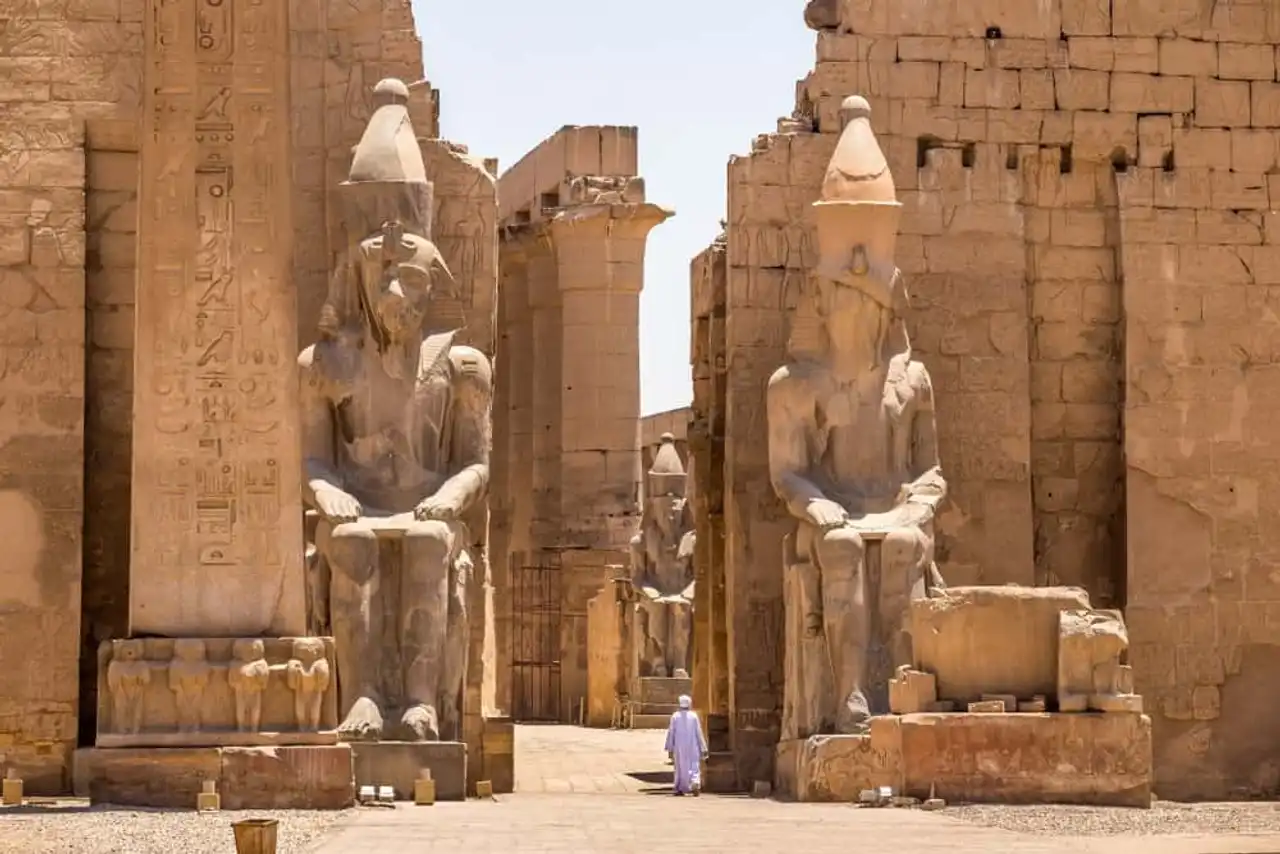
Photo credit: Shutterstock – matias planas
- Conservation condition: ★★★★
- Public knowledge: ★★★★
- Historical influence: ★★★
The ancient religious capital of the Pharaohs is a memorable stage. Luxor, nestled between golden dunes and chlorophyll-free shores, is the most beautiful illustration of the golden age of Pharaohs and Egyptian civilization. If it lacks neither temples nor reversing tombs, it was necessary to try to select some.
The temple of Luxor has won the jaw of many tourists and historians. Farouchely guarded by the huge colossals of Ramses II and an obelisk that leaves torticolis, he testifies to the religious fervour of the Egyptians. This temple was built in honour of the Amon God. We can read the course of worship ceremonies on bas-reliefs. Take advantage of the temple of Luxor at the dawn of the day, when calm and perennial give the place a very mystical atmosphere.
5. The temples of Karnak
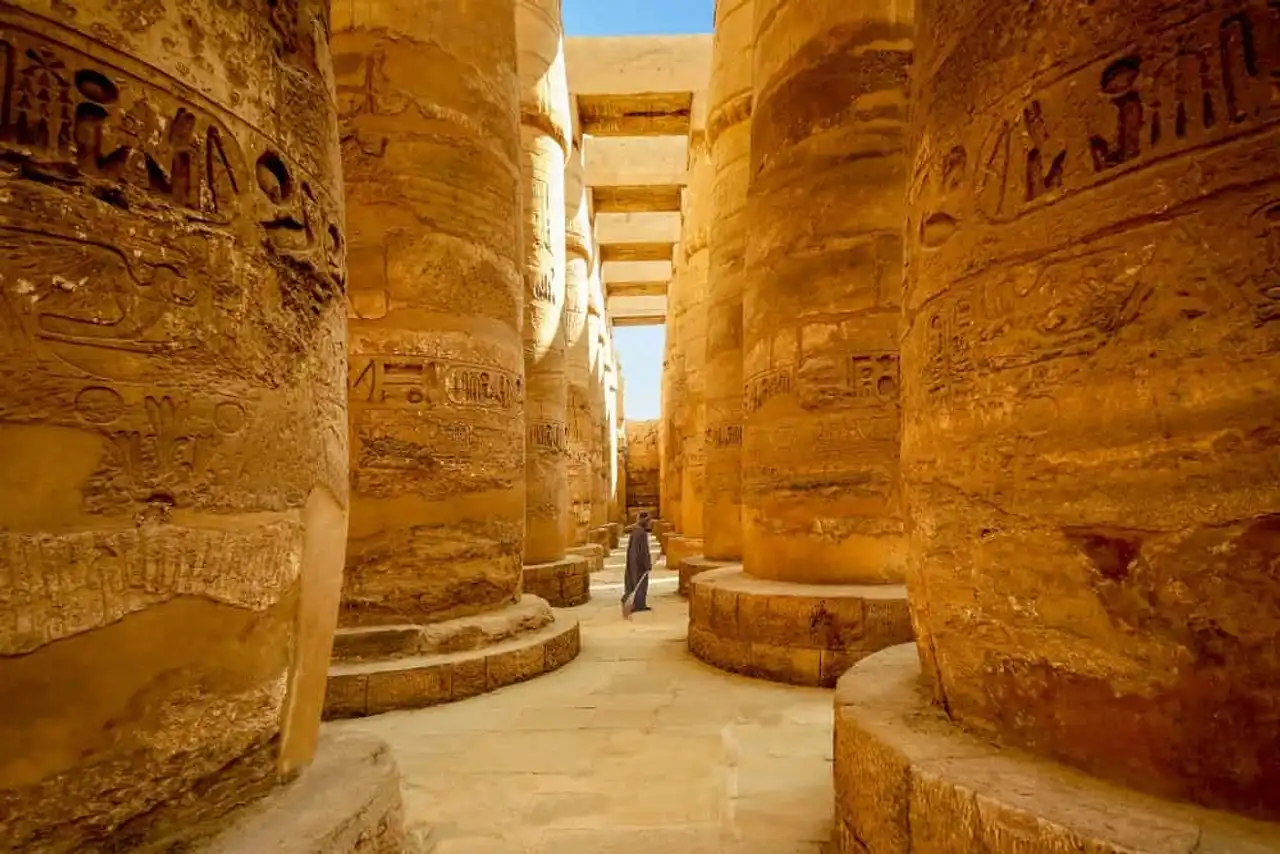
Photo credit: Shutterstock – Nick Brundle Photography
- Conservation condition: ★★★★
- Public knowledge: ★★★★
- Historical influence: ★★★
When you arrive at the Karnak temples, you immediately grasp the meaning of the words "demeasure" and "ingenuity". Dedicated to the god Amon, this archaeological site of Egypt illustrates itself as the largest religious complex erected in Antiquity. For nearly two thousand years, many Pharaohs, including those of the famous lineage of the Ramses, participated in his enlargement. The numbers are intoxicating: one hundred and thirty-four columns, an obelisk of almost thirty meters high, thousands of hieroglyphs cut with finesse.
6. The Temple of Horus
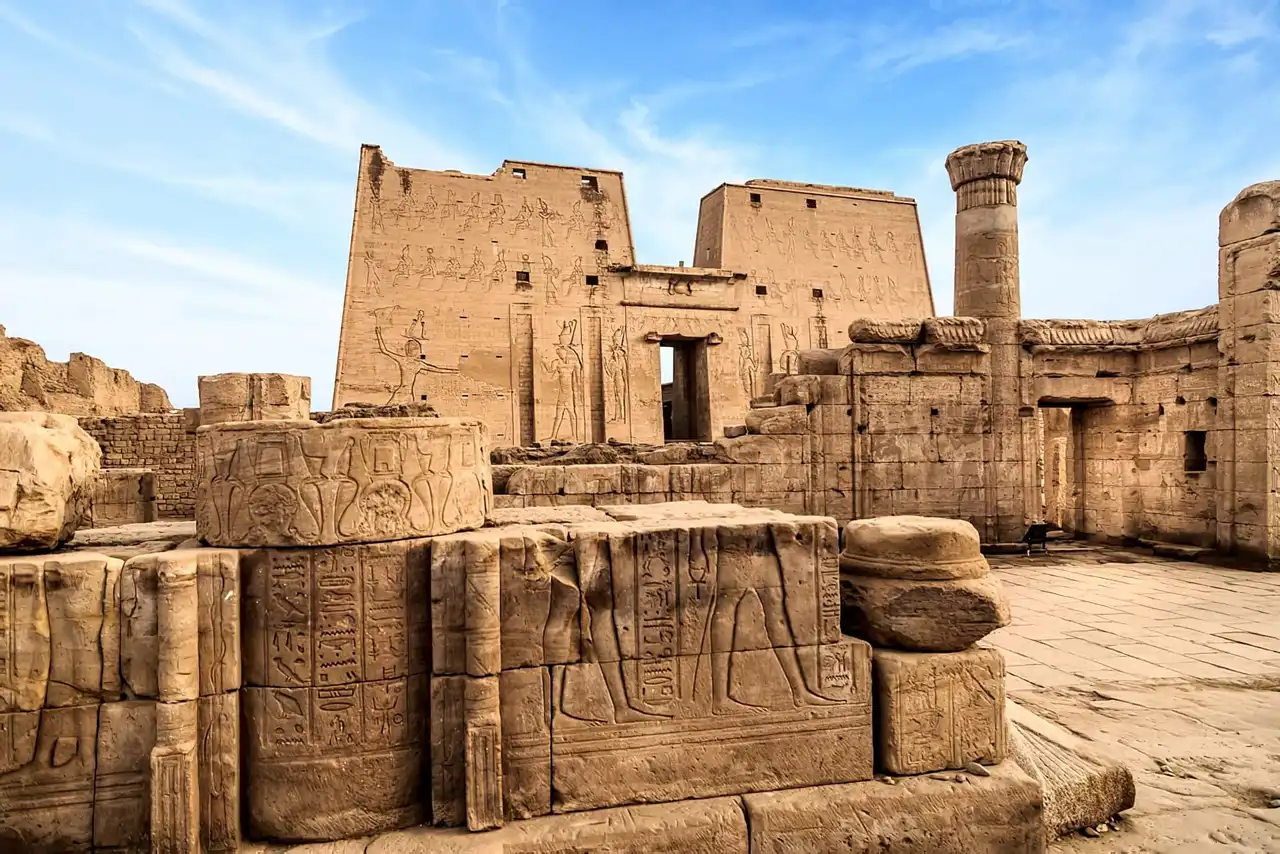
Photo credit: Shutterstock – Graficam Ahmed Saeed
- Conservation condition: ★★★★
- Public knowledge: ★★★
- Historical influence: ★★★
The temple of Horus, in honour of the God of the same name, sits on the left bank of the Nile. This place of worship is not only the most imposing of Egypt after that of Karnak but also one of the best preserved. Prepare for a direct dive into the pharaonic splendour of ancient times, with Greek architectural influences this time.
The colossal pylons and richly decorated walls seem to date from yesterday. Yet we know the exact date of its foundation, the year 237 BC!
7. The temple of Philae
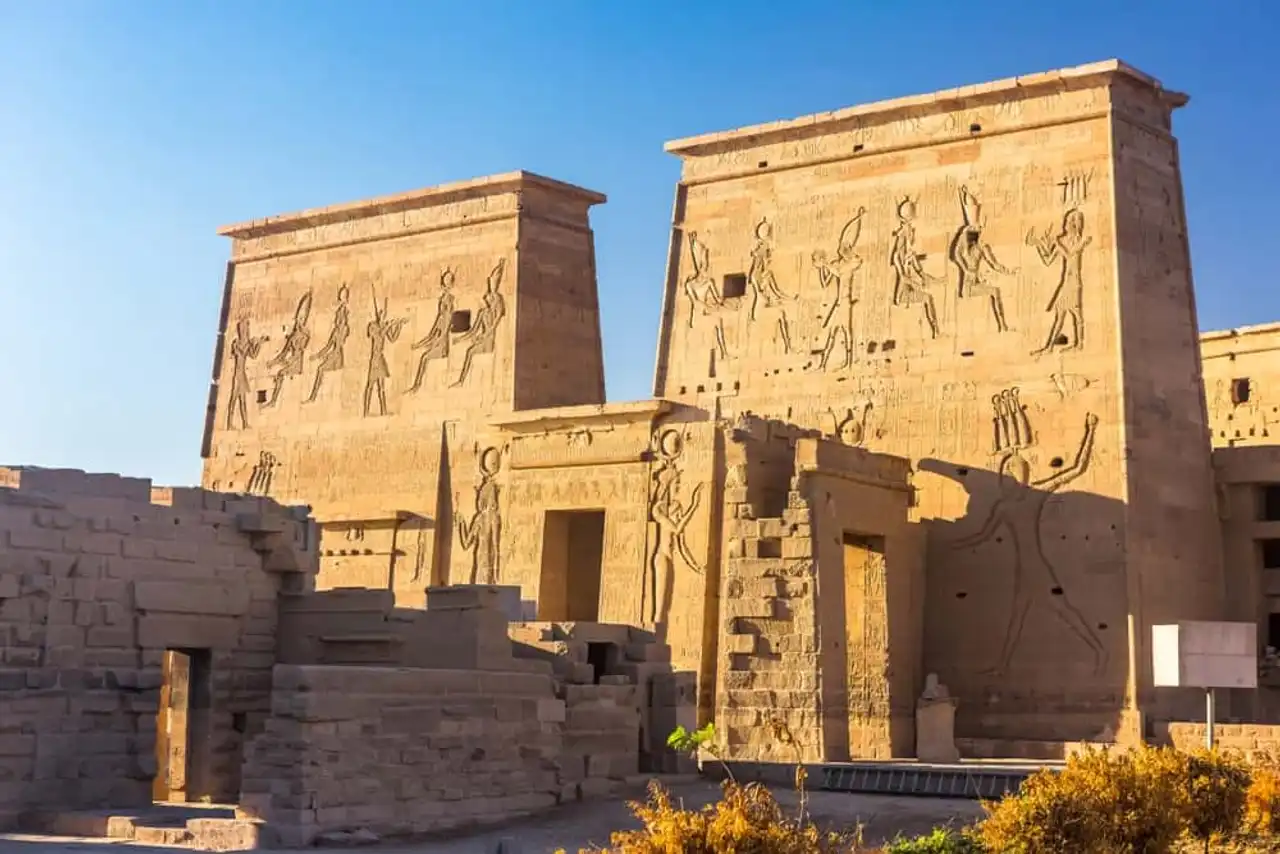
Photo credit: Shutterstock – Alexandree
- Conservation condition: ★★★
- Public knowledge: ★★★
- Historical influence: ★★★
The visit to this archaeological site of Egypt allows you to combine the discovery of one of the most picturesque religious complexes in the country but also a nice boat ride. Indeed, the temple of Philae is located on the island of Aguilka. This major sanctuary was dedicated to the worship of the goddess Isis and tells his love story with Osiris.
The interior of the temple is bright, richly slammed with the colors of times. One of the other strengths of the temple is its Son and Light show which takes place at nightfall, under the starry vault and at the rhythm of soft illuminations. This night and divine visit being widely plebiscited, think to book in advance.
Cemeteries
8. The necropolis of Saqqarah
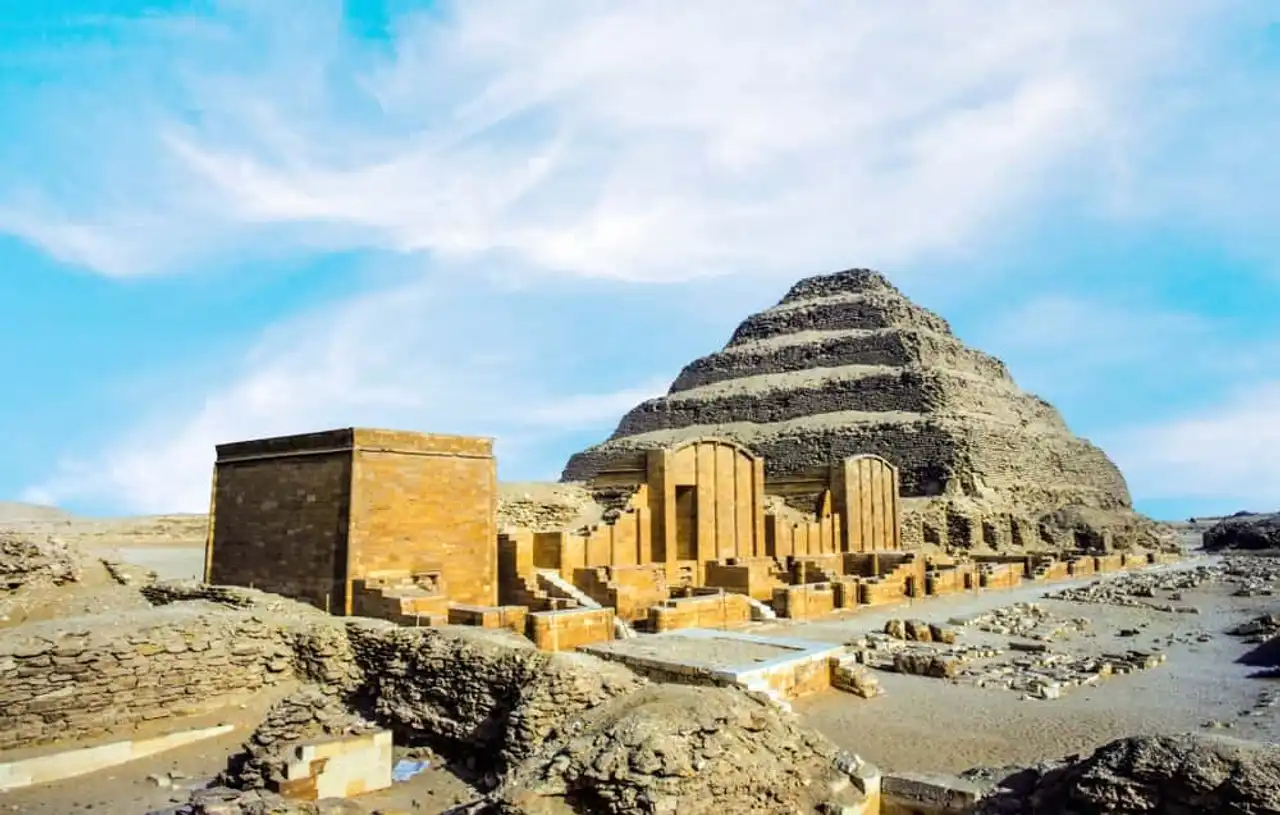
Photo credit: Shutterstock – Saqqarah
- Conservation condition: ★★★
- Public knowledge: ★★★
- Historical influence : ★★★★
The necropolis of Saqqarah is one of these archaeological sites in Egypt that have recently flowed ink. In 2020, the archaeologists discovered fifty-nine new sarcophagi. However, the first explorations of this funeral complex had already raised it as the largest necropolis in ancient Egypt.
The opening of the new tombs revealed perfectly preserved mummies, decorated with bearded hieroglyphs and fixed in finely drawn faces. In addition to the pharaonic burials, the Necropolis of Saqqarah contains several mummified animals, temples and the pyramid of Jeser.
9. The Valley of Kings and Queens
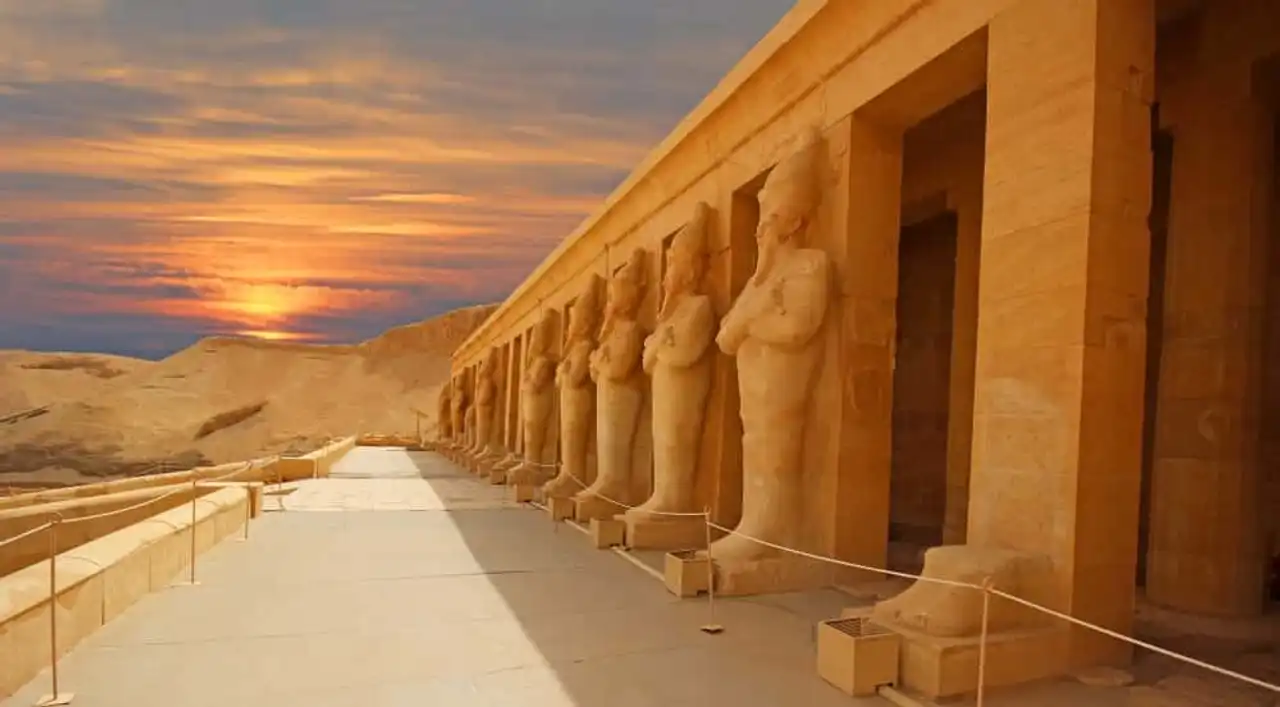
Photo credit: Shutterstock – Zbigniew Guzowski
- Conservation condition: ★★★
- Public knowledge: ★★★★
- Historical influence : ★★★★
In the middle of the orange dunes, the Nile made his bed. The river licks the shelled shores of splendid temples and pyramids. We were on the side of Louxor and Karnak. On the other side, on the west, where the sun sets. It is the land that the Kings of the new Empire chose to be buried. Far from being more humble than their ancestors resting in the pyramids, they thought instead that a more discreet sepulture would protect them from looting.
But it was without counting on the flair of the thieves who knew pertinely that no King was leaving in the beyond without pounds of gold and jewelry... Among the most beautiful tombs are those of Sethi I, Ramses III, Ramses IV, Ramses VI. This enchanting complex is also known as the necropolis of Thebes.
A little deeper in the mountains, you can also find the necropolis of Queens, Princes and Princesses of the new dynasties. The sacred place houses a hundred tombs that sleep calmly. The most impressive is undoubtedly that of the famous Nefertari, set in an untouched setting and among the most beautiful in Egypt.
Not far, do not miss the tombs of the artists and sculptors of the tombs of the Kings Valley.
Statues
10. Les colosses de Memnon
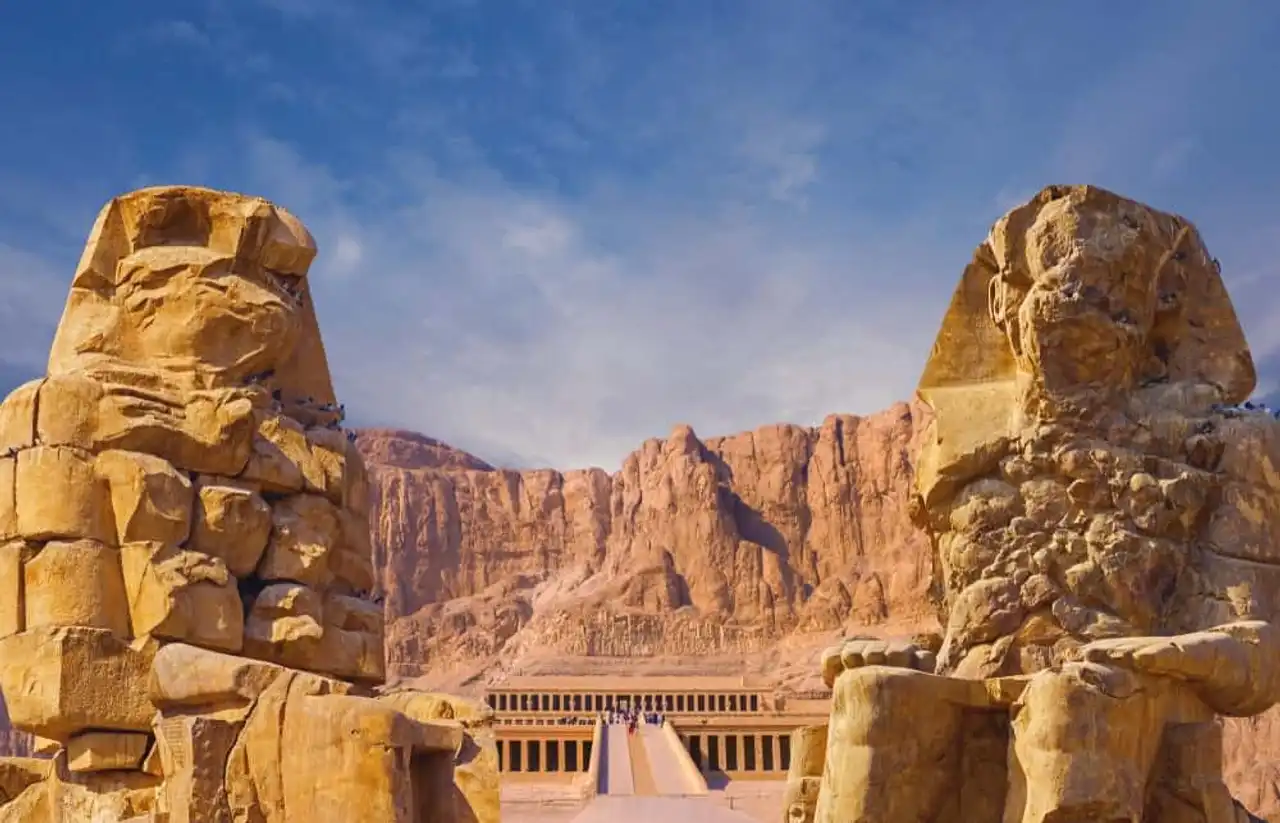
Photo credit: Shutterstock – Mountains Hunter
- Conservation condition: ★★★
- Public knowledge: ★★★
- Historical influence : ★★
On the return of the Kings and Queens Valley, mark a stop at the foot of the Memnon Passos. These two sculptures with cyclopean dimensions, the last survivors of the temple of Amenhotep III, are the last survivors of the archaeological site. These two giant stones, coming out of the sandy land as in the middle of nowhere, embodies the pharaoh.
The latter is represented with a peaceful face, the quiet hands laid on the knees, the gaze immersed in the rising sun. 18 meters high, 1,300 tons: once again, the builders of ancient Egypt did not miss daring.
11. The Sphinx
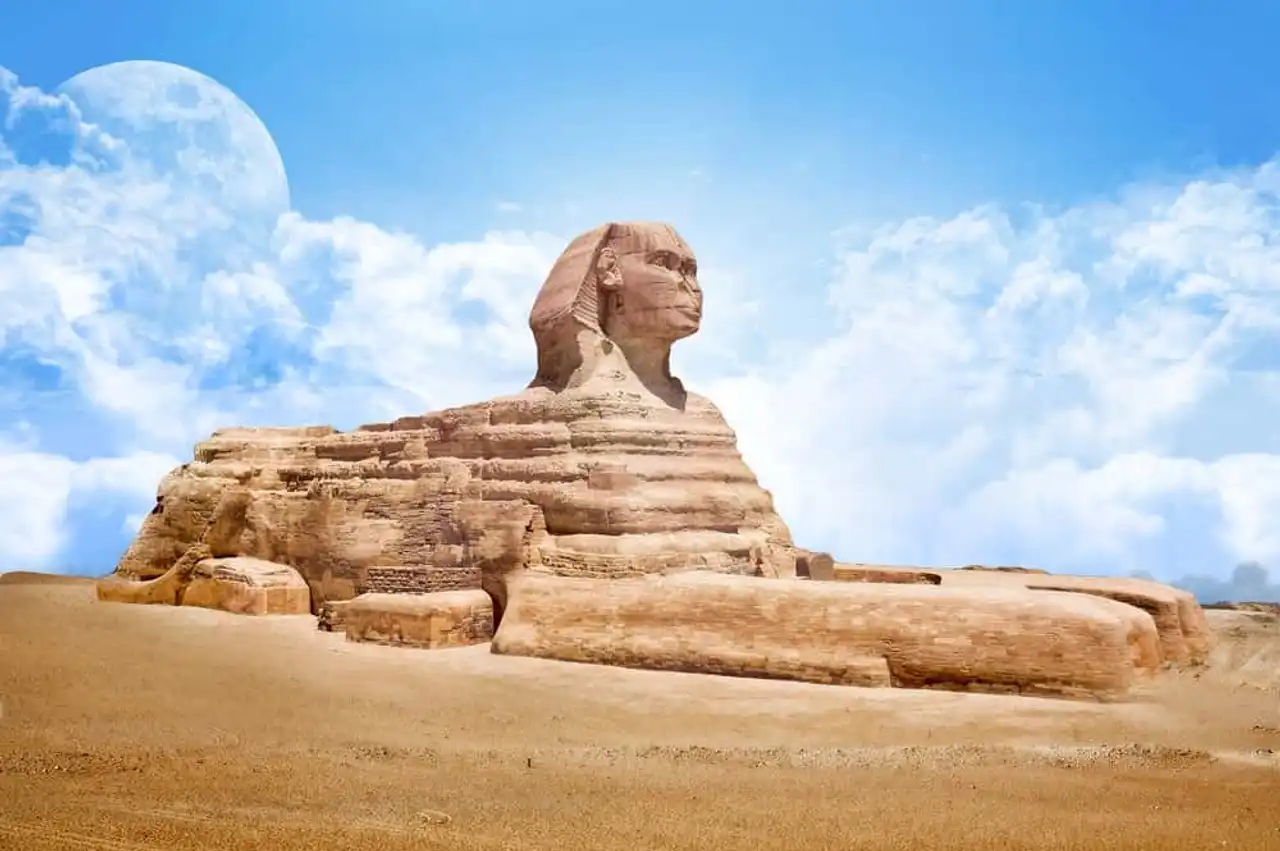
Photo credit: Shutterstock – Abdoabdalla
- Conservation condition: ★★★★
- Public knowledge: ★★★★
- Historical influence : ★★★★
We end up with one of the most important archaeological sites in Egypt, but also around the world. We are obviously talking about the sleeping Sphinx, erected in front of the rising sun during the two equinoxes. A true icon, this keeper of the city of the dead and the pyramids of Cairo has been tossing the desert and time for five thousand years. If the Sphinx is the star of many films, books and portfolios of photographers, it is far from revealing all his mysteries.
The half-man half-animal statue stands on more than twenty meters high and seventy meters long. According to the Egyptians, nothing was left to chance, even his position. Some suggest that there is a strong astronomical symbol in its position. In any case, the spectacle of the sun that lies above the shoulder of the Sphinx will be one of the most beautiful of your life.







Loading comments ...